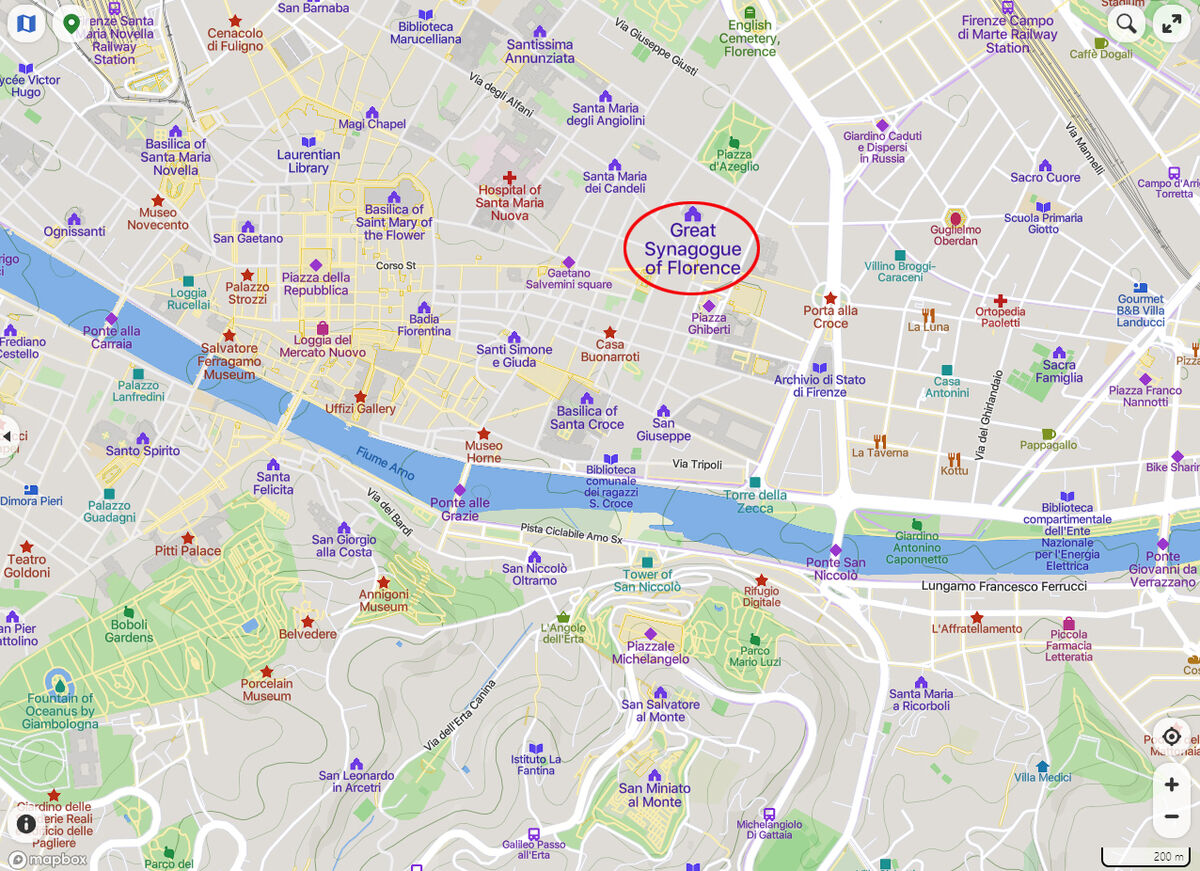Italy: Florence Part 5 - The Great Synagogue (Tempio Maggiore)
Jul 21, 2023 14:53:50 #
We visited the Great Synagogue of Florence which we last visited in 1982 when we attended High Holiday services there. The only thing that's changed was the increased security which included Italian Army troops armed with submachine guns patrolling outside - very disturbing but we were thankful for the additional security. The indoor shots were all taken with an iPhone 13 pro since I had to check my DSLR at the gate. Also, the beauty of the facade as well as part of the interior was hidden by scaffolding for restoration work.
The Great Synagogue of Florence or Tempio Maggiore is one of the largest synagogues in South-central Europe, situated in Florence, in Italy. The synagogue of Florence was one of the most important synagogues built in Europe in the age of the Jewish emancipation, reached by the Jewish communities living in the Grand Duchy of Tuscany in 1848.
History and architecture
In 1848 in the Duchy of Tuscany, the Jewish community were given the status of free citizens. They thought of building a new synagogue to symbolize this change. But only later, could they raise the funds to build such a structure. David Levi, a president of the Jewish community, bequeathed his estate after his death in 1870 to build a new synagogue. The 'Israelitic Temple' was built between 1874 and 1882.
The architects were Mariano Falcini [it], Professor Vincenzo Micheli [it], and Marco Treves, who was Jewish. Their design integrated the Italian architectural tradition with the Moorish style used for the decoration. The Moorish style was considered appropriate for a synagogue because it was never used for churches and, in the case of the new Synagogue of Florence, it was built in the Sefardic style. It served to remind Jews of the origins of Sefardic Jewry in Berber Moorish Spain.
Layers of travertine and granite alternate in the masonry, creating a striped effect. Old photographs show bold red and beige stripes, but the bold colors of the stone have faded over time, leaving a more mottled effect.
The overall plan of the synagogue is quadrangular. The central dome raised on pendentives is reminiscent of the Hagia Sophia in Istanbul, which was built as a Byzantine Empire church, and many mosques were inspired by it. The corner towers are topped with horseshoe-arched towers, which have onion domes in the Moorish Revival style. Three horseshoe arches form the main entrance, above which rise tiers of ajimez windows, with their paired horseshoe arches sharing a single column. The natural copper roof was oxidized to green so that it would stand out in the Florentine skyline.
Inside the building "every square inch is covered with colored designs," in Moorish patterns. The interior mosaics and frescoes are by Giovanni Panti. Giacomo del Medico designed the great arch.
During World War II, Nazis soldiers occupied the synagogue, using it as a storehouse. In August 1944 retreating German troops worked with Italian Fascists to lay explosives to destroy the synagogue. But, Italian resistance fighters defused most of the explosives and only a limited amount of damage was done. The synagogue was fully restored after the war. Like many other buildings, it suffered damage after the flood of the River Arno in 1966, but another restoration was undertaken to correct the damage.
The Great synagogue of Florence has been widely admired. Today it is often visited and it is possible to visit it every day, except on Saturdays.
The 1922 Beth Am Synagogue (formerly Chizuk Amuno), (Baltimore, Maryland) is of similar scale and character, using a number of design elements from the Great Synagogue.
The 1894 Second Luxembourg Synagogue was built as a replica of the Great Synagogue.
The Jewish Museum of Florence (Italian: Museo Ebraico di Firenze) is a museum of Jewish history located in the Great Synagogue of Florence, Italy. The museum, which covers two spaces of the building, gathers an important collection of ancient objects of Jewish ceremonial art, evidence of the high artistic level achieved by the Jewish-Italian communities in the field of applied arts. Exhibitions illustrate the history of Florentine Jews from the first settlements to the post-war reconstruction, featuring old photographs, films and a large number of objects of daily and commemorative use.
Jewish community in Florence
Today the Jewish community in Florence is composed of about 1,400 people. It has a long history, reaching to the medieval era. In addition, a nearby Jewish community in the Oltrarno area, south of the Arno river, dates to the Roman era. Jews had a community in Rome since before the Common Era. It is thought that the first synagogue in Florence was probably built in the 13th century.
https://en.wikipedia.org/wiki/Great_Synagogue_of_Florence
For a narrative on Florence and additional images, please see my previous posts:
https://www.uglyhedgehog.com/t-780452-1.html
https://www.uglyhedgehog.com/t-780574-1.html#14042094
https://www.uglyhedgehog.com/t-780644-1.html
https://www.uglyhedgehog.com/t-780747-1.html#14046442
I hope you enjoy these!
Mark
The Great Synagogue of Florence or Tempio Maggiore is one of the largest synagogues in South-central Europe, situated in Florence, in Italy. The synagogue of Florence was one of the most important synagogues built in Europe in the age of the Jewish emancipation, reached by the Jewish communities living in the Grand Duchy of Tuscany in 1848.
History and architecture
In 1848 in the Duchy of Tuscany, the Jewish community were given the status of free citizens. They thought of building a new synagogue to symbolize this change. But only later, could they raise the funds to build such a structure. David Levi, a president of the Jewish community, bequeathed his estate after his death in 1870 to build a new synagogue. The 'Israelitic Temple' was built between 1874 and 1882.
The architects were Mariano Falcini [it], Professor Vincenzo Micheli [it], and Marco Treves, who was Jewish. Their design integrated the Italian architectural tradition with the Moorish style used for the decoration. The Moorish style was considered appropriate for a synagogue because it was never used for churches and, in the case of the new Synagogue of Florence, it was built in the Sefardic style. It served to remind Jews of the origins of Sefardic Jewry in Berber Moorish Spain.
Layers of travertine and granite alternate in the masonry, creating a striped effect. Old photographs show bold red and beige stripes, but the bold colors of the stone have faded over time, leaving a more mottled effect.
The overall plan of the synagogue is quadrangular. The central dome raised on pendentives is reminiscent of the Hagia Sophia in Istanbul, which was built as a Byzantine Empire church, and many mosques were inspired by it. The corner towers are topped with horseshoe-arched towers, which have onion domes in the Moorish Revival style. Three horseshoe arches form the main entrance, above which rise tiers of ajimez windows, with their paired horseshoe arches sharing a single column. The natural copper roof was oxidized to green so that it would stand out in the Florentine skyline.
Inside the building "every square inch is covered with colored designs," in Moorish patterns. The interior mosaics and frescoes are by Giovanni Panti. Giacomo del Medico designed the great arch.
During World War II, Nazis soldiers occupied the synagogue, using it as a storehouse. In August 1944 retreating German troops worked with Italian Fascists to lay explosives to destroy the synagogue. But, Italian resistance fighters defused most of the explosives and only a limited amount of damage was done. The synagogue was fully restored after the war. Like many other buildings, it suffered damage after the flood of the River Arno in 1966, but another restoration was undertaken to correct the damage.
The Great synagogue of Florence has been widely admired. Today it is often visited and it is possible to visit it every day, except on Saturdays.
The 1922 Beth Am Synagogue (formerly Chizuk Amuno), (Baltimore, Maryland) is of similar scale and character, using a number of design elements from the Great Synagogue.
The 1894 Second Luxembourg Synagogue was built as a replica of the Great Synagogue.
The Jewish Museum of Florence (Italian: Museo Ebraico di Firenze) is a museum of Jewish history located in the Great Synagogue of Florence, Italy. The museum, which covers two spaces of the building, gathers an important collection of ancient objects of Jewish ceremonial art, evidence of the high artistic level achieved by the Jewish-Italian communities in the field of applied arts. Exhibitions illustrate the history of Florentine Jews from the first settlements to the post-war reconstruction, featuring old photographs, films and a large number of objects of daily and commemorative use.
Jewish community in Florence
Today the Jewish community in Florence is composed of about 1,400 people. It has a long history, reaching to the medieval era. In addition, a nearby Jewish community in the Oltrarno area, south of the Arno river, dates to the Roman era. Jews had a community in Rome since before the Common Era. It is thought that the first synagogue in Florence was probably built in the 13th century.
https://en.wikipedia.org/wiki/Great_Synagogue_of_Florence
For a narrative on Florence and additional images, please see my previous posts:
https://www.uglyhedgehog.com/t-780452-1.html
https://www.uglyhedgehog.com/t-780574-1.html#14042094
https://www.uglyhedgehog.com/t-780644-1.html
https://www.uglyhedgehog.com/t-780747-1.html#14046442
I hope you enjoy these!
Mark
Slightly out of sequence but Gail always deserves to be #1
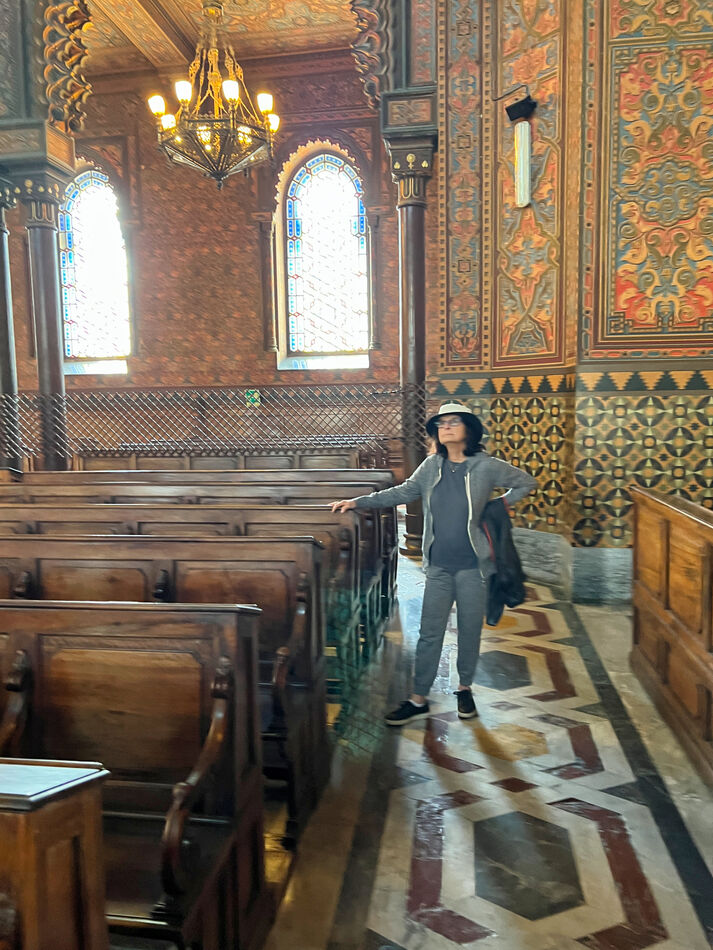
(Download)
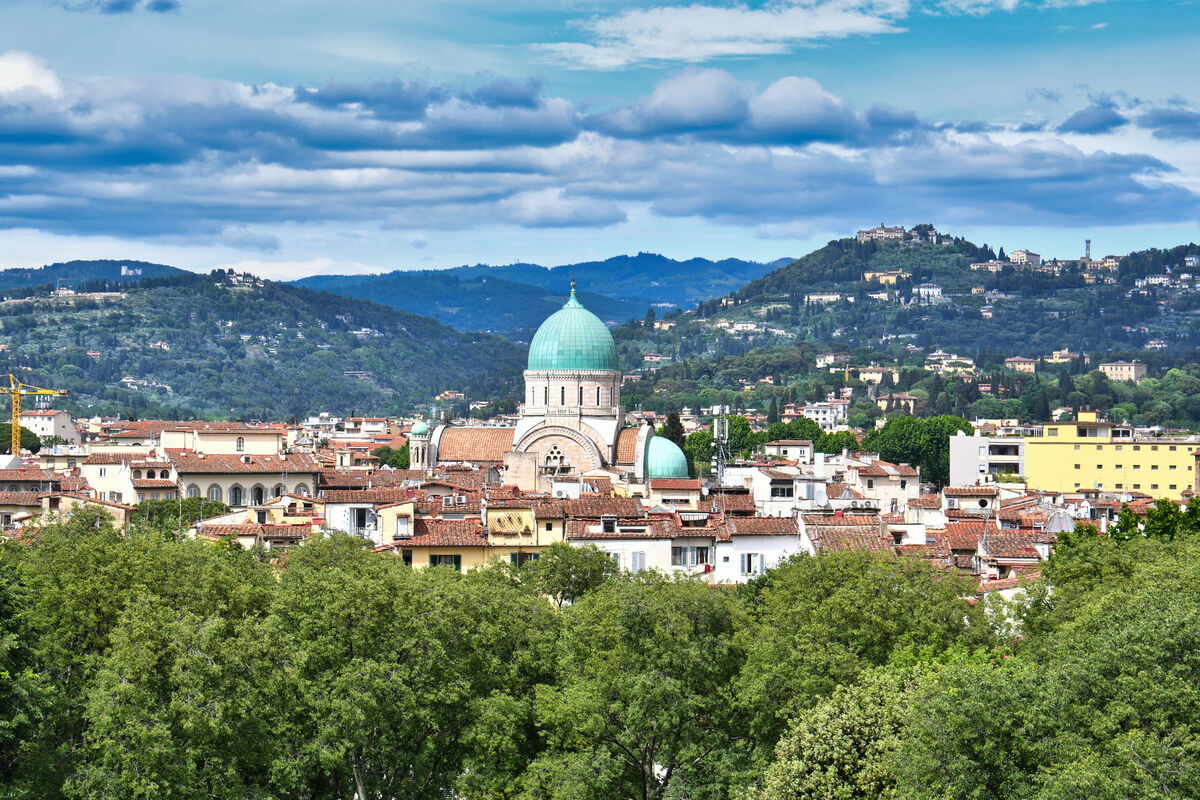
(Download)
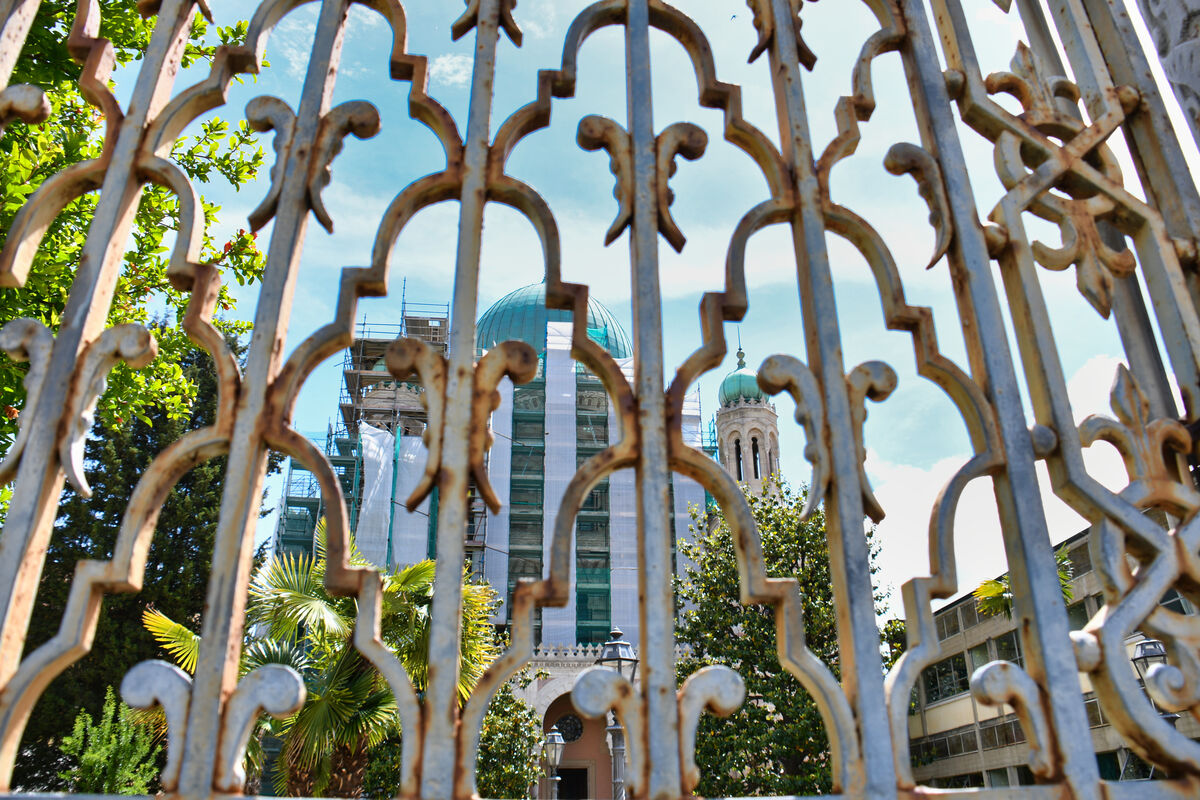
(Download)
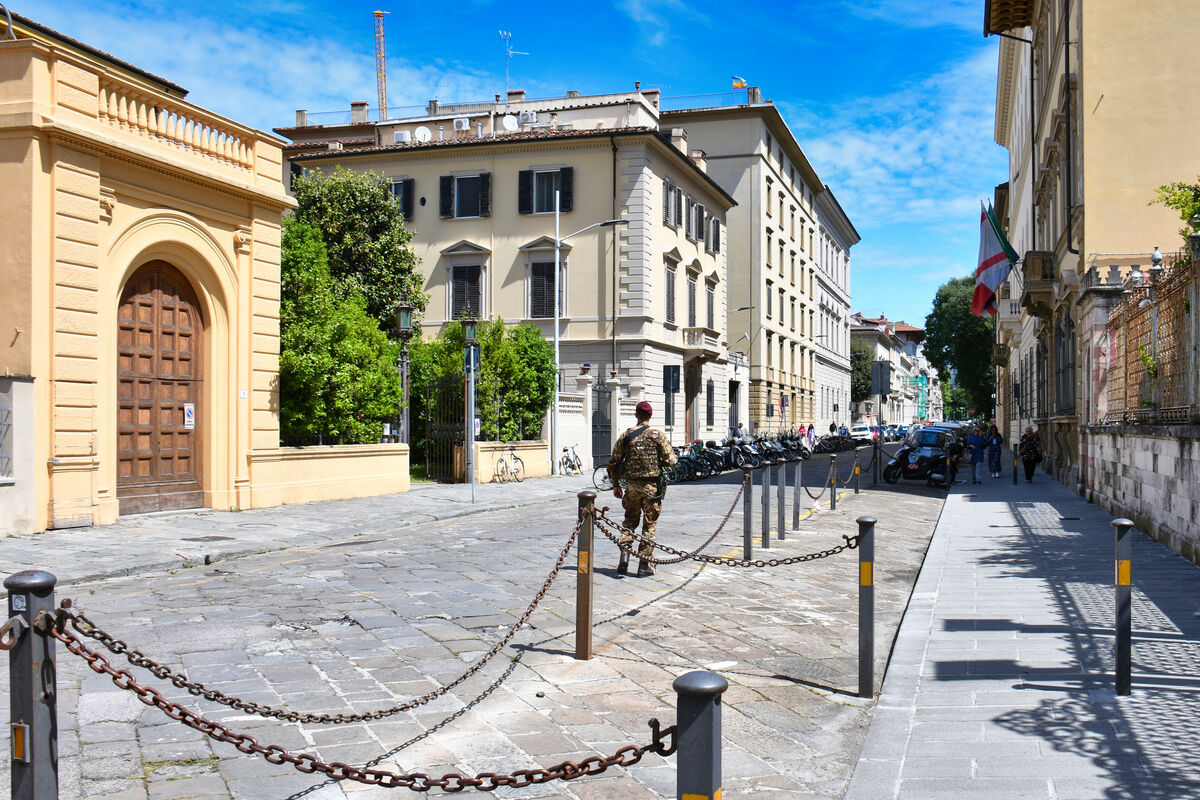
(Download)
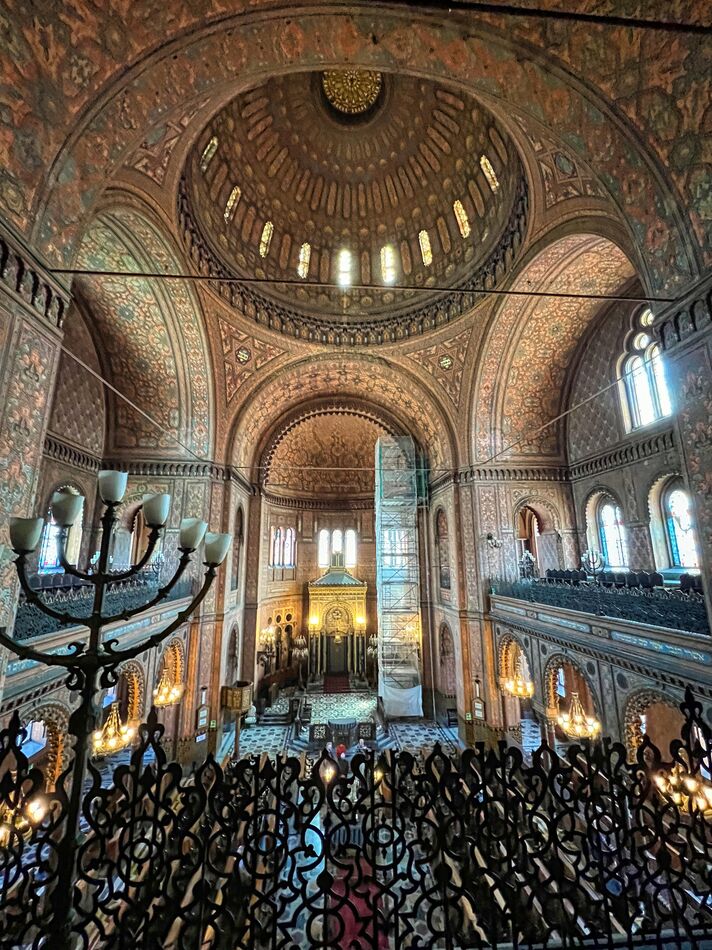
(Download)
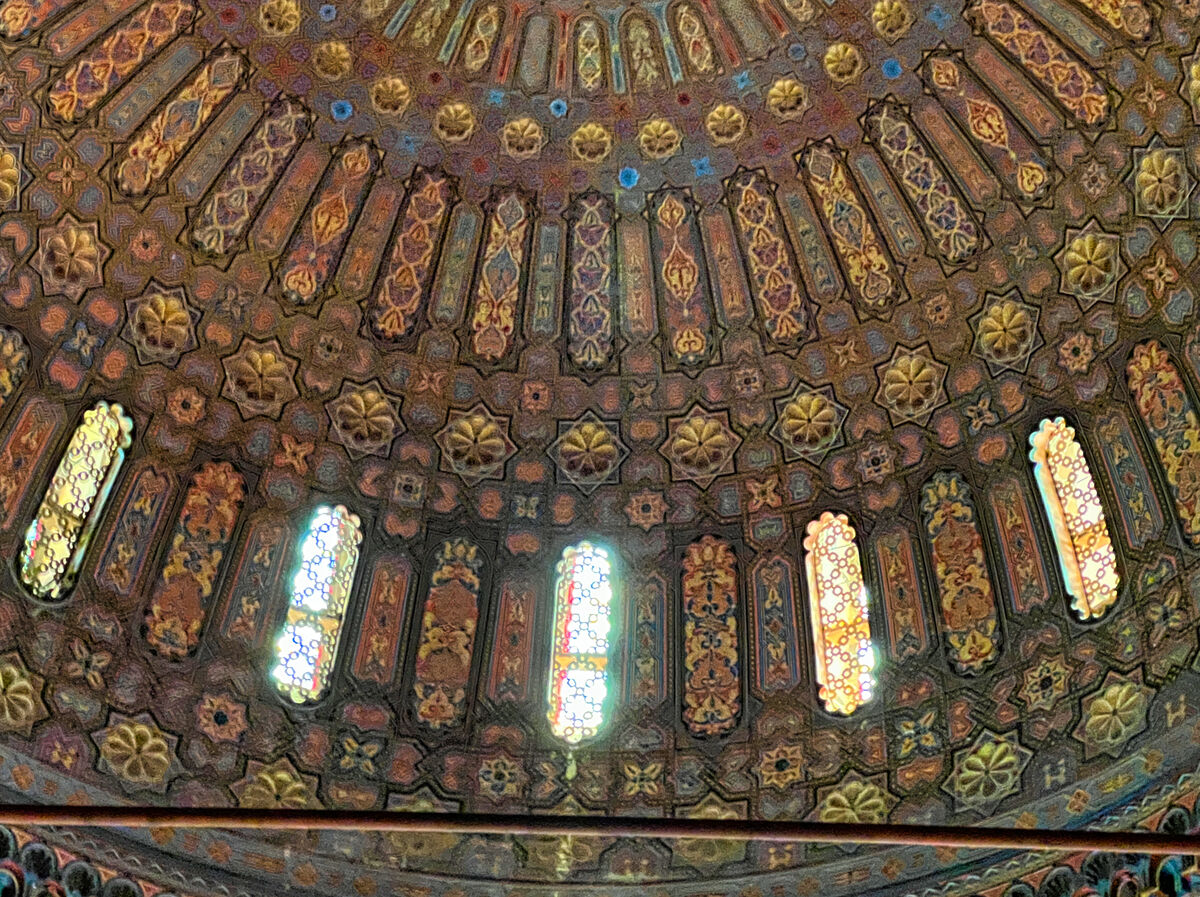
(Download)
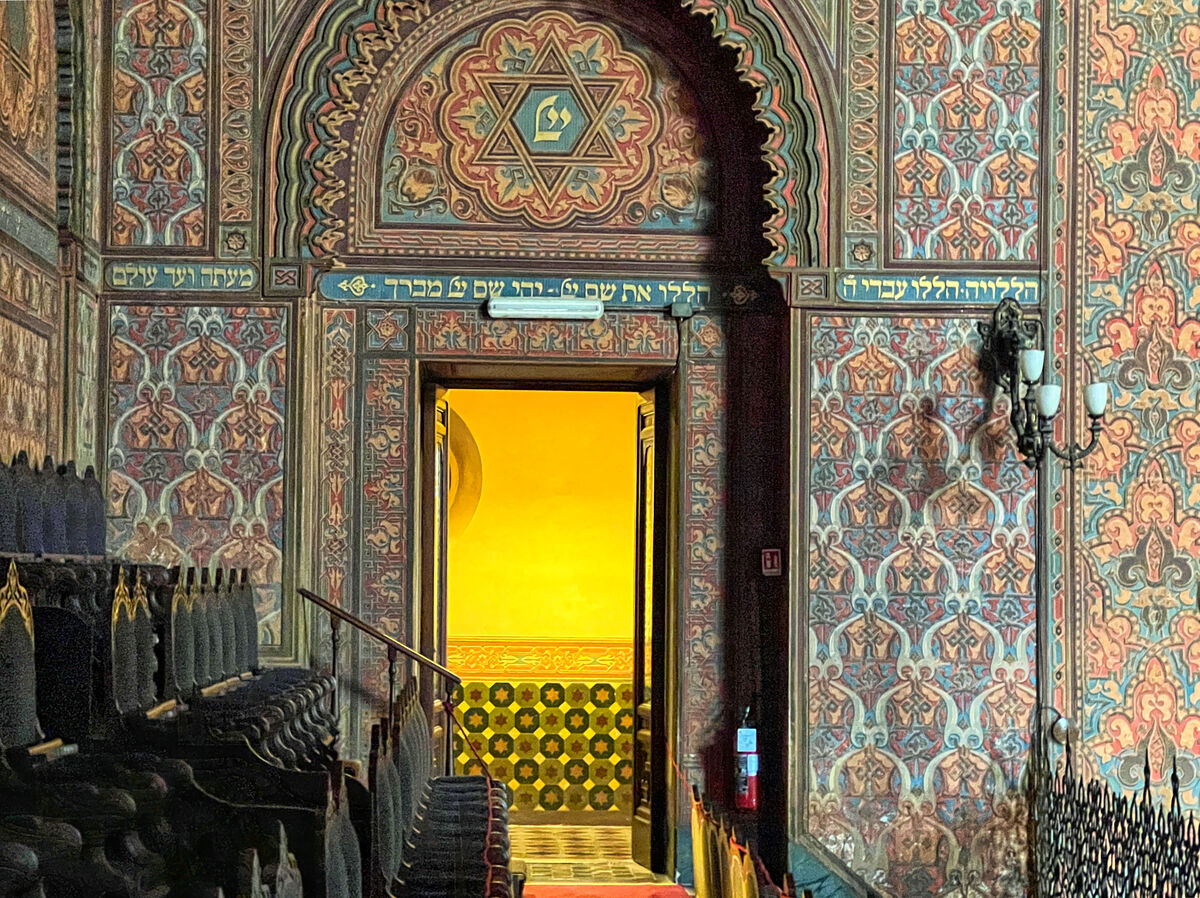
(Download)
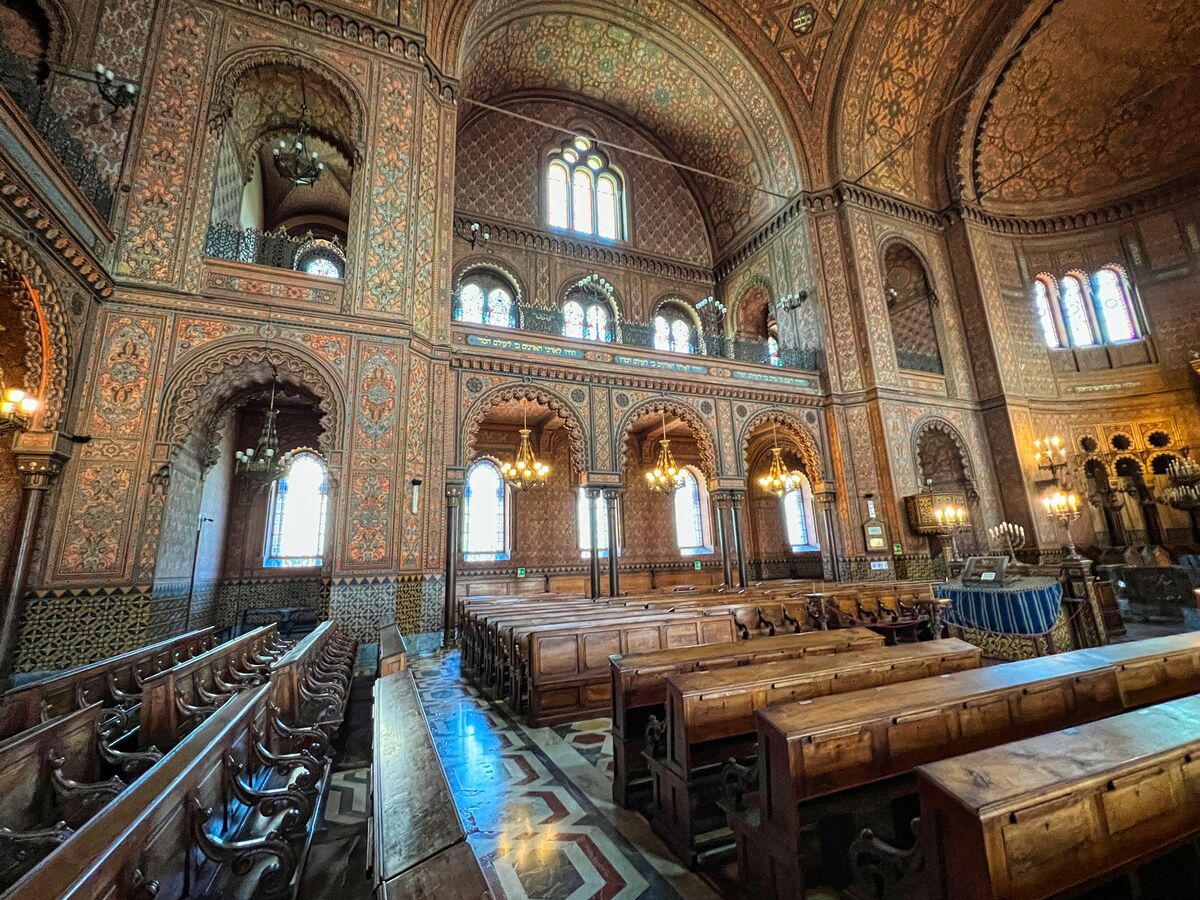
(Download)
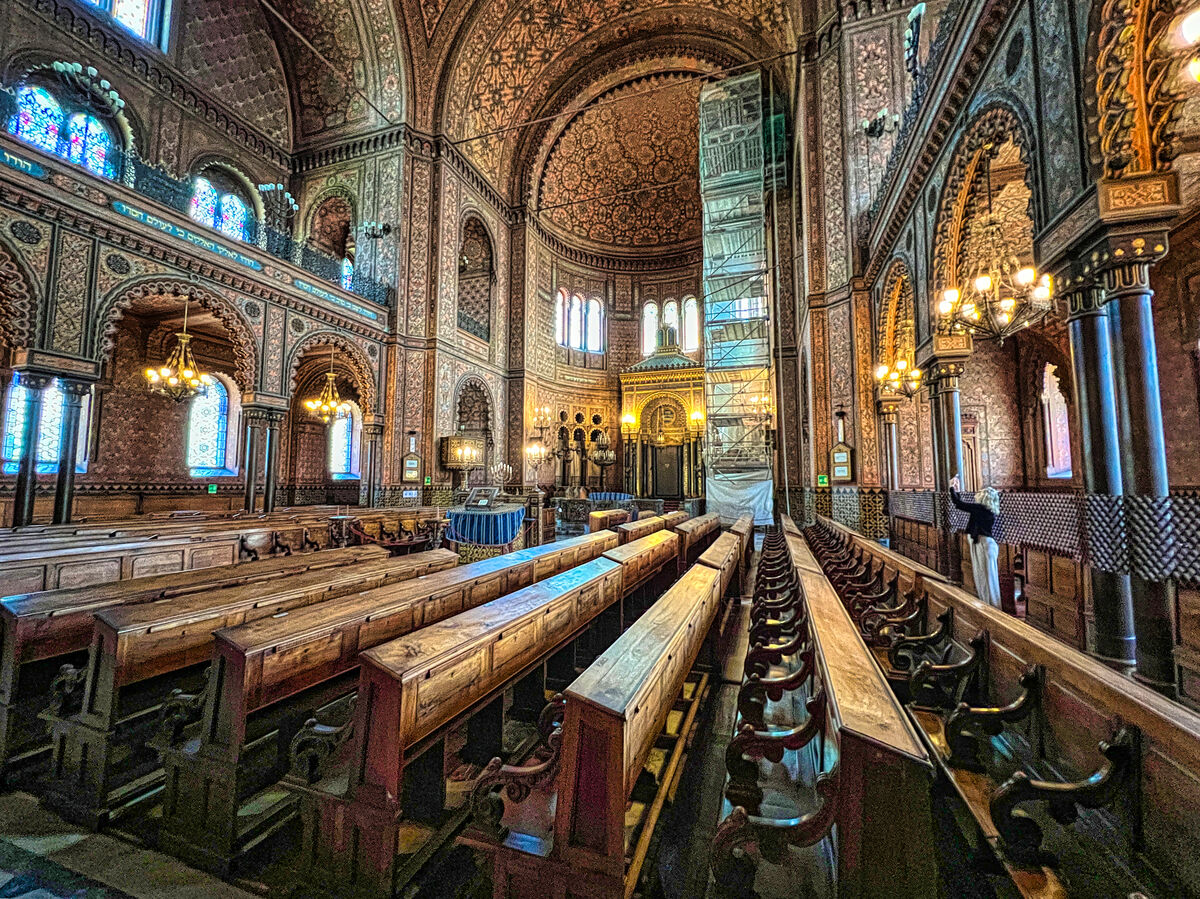
(Download)
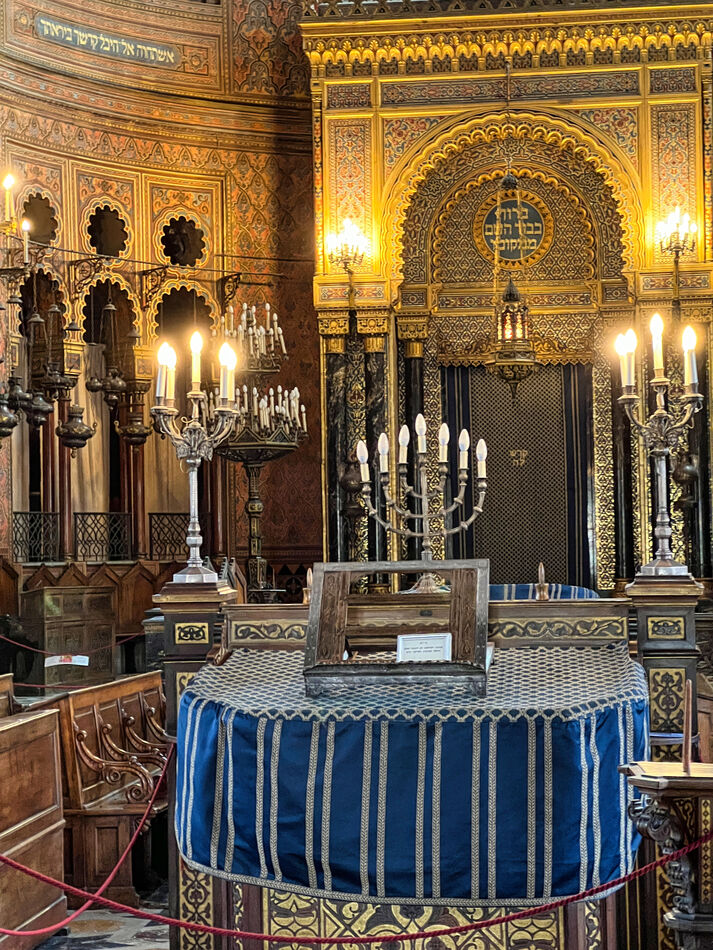
(Download)
Jul 21, 2023 14:54:31 #
Jul 21, 2023 15:51:18 #
Jul 21, 2023 15:55:10 #
Jul 21, 2023 15:56:51 #
Jul 21, 2023 15:57:38 #
Jul 21, 2023 15:58:30 #
UTMike wrote:
Beautiful tour AND you got Gail's face out of the shadows, Mark!
Thanks very much Mike. She was looking up!
Jul 21, 2023 15:59:07 #
Blair Shaw Jr wrote:
Wow....that's a big one Mark....thank you. 





You're most welcome Blair. Thanks for looking.
Jul 21, 2023 17:02:35 #
Jul 21, 2023 17:26:24 #
srfmhg wrote:
We visited the Great Synagogue of Florence which w... (show quote)
Magnificently beautiful place - and shots, as always 🌈🌈🌈🌈🌈
Jul 21, 2023 18:17:46 #
kpmac wrote:
A fine set, Mark. Keep them coming.
Thanks very much Ken. I certainly will!
Jul 21, 2023 18:18:18 #
joecichjr wrote:
Magnificently beautiful place - and shots, as always 🌈🌈🌈🌈🌈
Thank you so much Joe.
Jul 21, 2023 20:36:20 #
Jul 21, 2023 20:50:41 #
Jul 21, 2023 23:34:31 #
srfmhg wrote:
We visited the Great Synagogue of Florence which w... (show quote)
Nice set Mark, this is one of the places we haven't visited in Florence but now I have through your lens. Number 2 is beautiful.
If you want to reply, then register here. Registration is free and your account is created instantly, so you can post right away.

